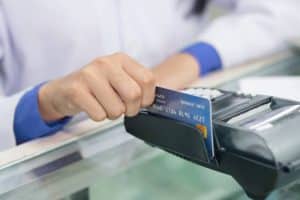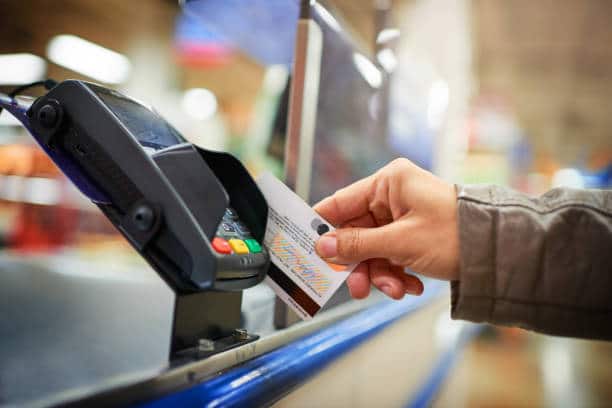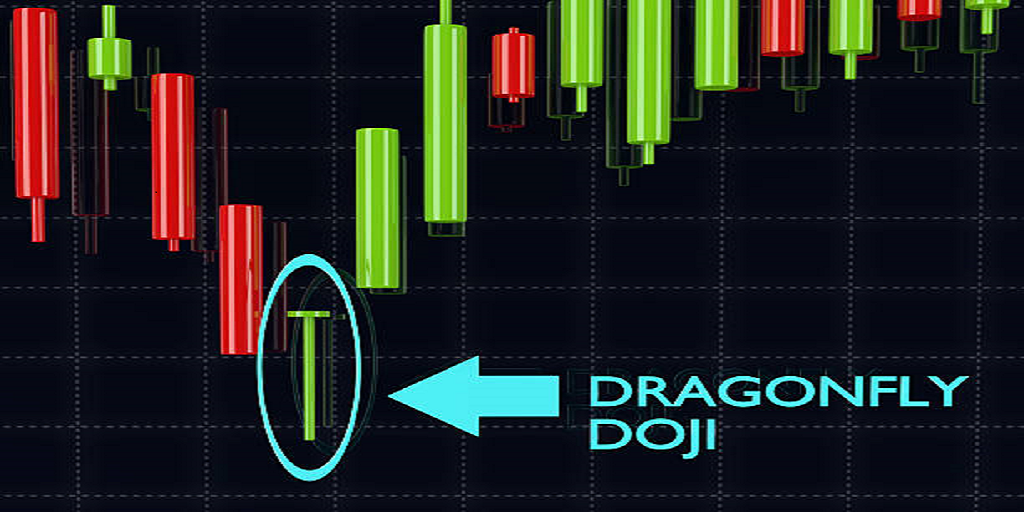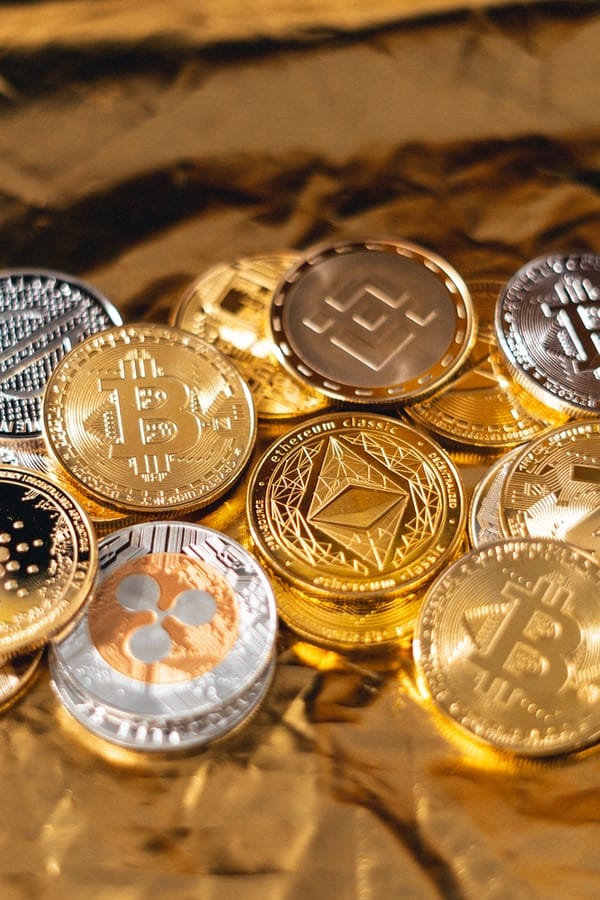You’re at the store and hand your credit card to the cashier, assuming they know how to swipe it. Instead, they take it, swipe it through their machine, and hand it back to you, along with your receipt – but no money? You want to ask them why they don’t have any money but decide against it because you’re in public and don’t want to seem like an idiot in front of other customers.
Always Check The Numbers
When you’re paying by credit card, always check that you’re swiping your card, not one that has been left on your table or handed to you by someone else. It’s easy for scammers to steal these numbers and make unauthorized purchases in your name. Hold your card close to your chest as you hand it over to avoid being tricked. This way, nobody will have access to it but you. If possible, do an additional quick check of the last four digits of your card (this is usually where businesses store customer information). Then, check again before handing over any cash! You can also take a photo of your receipt after every purchase to know exactly what you bought and when. These tips might seem paranoid, but they’ll save you from making expensive mistakes—like buying things you don’t need or giving away more money than necessary. Finally, if something doesn’t feel right, trust your gut and step away from that transaction immediately. You’ll thank yourself later!
Use Your Fingers, Not Nails
Fraudsters use credit card skimmers to steal credit card information when you swipe it. The device is placed over an ATM or gas pump, for example, and catches your PIN when you insert your card. This can be tricky to spot—even if you notice something suspicious, it’s often too late. A good rule of thumb: If you’re using an ATM that isn’t in a bank, use your fingers instead of nails to enter your PIN. That will prevent skimmers from catching and storing any part of your code. Another way to keep your data safe? Cover up your pin with one hand while typing it in with another. You should also shield both sides of your credit card with one hand while swiping. Doing so will block anyone trying to watch you type your pin and catch a glimpse of its digits as they fall through an ATM’s small slot. It might feel awkward at first, but covering up has been proven effective against thieves who aim to take advantage of every little opportunity they get. And since these devices can be difficult to detect on ATMs not owned by banks, consider covering up every time you’re at an unfamiliar machine, no matter where it’s located. Another easy way to protect yourself?

Do It Quickly
This is an easy mistake, but it can also lead to big problems. The faster you use your card, the less likely someone will be able to steal information from you. So try not to pause before swiping and think about where you’re at—the longer you take to make a purchase, the more time there is for someone else (or yourself) to make a fraudulent charge in your name. Also, be sure not to let anyone see what you type in when giving your PIN or signing off on transactions with your card, or they may be able to hide their charges within yours. Always remember: speed equals safety. And don’t forget to look over all of your statements each month. If something looks out of place, contact your bank immediately!
Cover The Reader With Your Hand
When swiping your credit card, don’t let anyone see what you’re doing. This is known as covering the reader with your hand, and it could prevent would-be criminals from swiping someone else’s card using an RFID scanner. To prevent fraudsters from scanning your credit card number and PIN, hold your hand in front of where they swipe your card—it will block them from seeing where they should enter information. Use both hands if possible to shield yourself further. Also, make sure you never leave your purse or wallet on a table unattended when paying for something. If someone has access to your wallet or purse, they can steal more than just your cash and cards; some wallets have back pockets that can fit an entire sheet of paper. And even if yours doesn’t have one, there’s always room for a thief to slip in a folded piece of paper!
- Be aware: Always be aware of who’s around you when paying for something. If it feels like someone is watching you too closely or standing too close by while you’re paying for something, then call over security or get out of line immediately.

Hold Your Bag Close
Hold it by its top corners rather than swiping your card across an electronic pad. This way, if you are bumped or brushed from behind, your card won’t fall into someone else’s hands. Also, ensure you’re not placing too much information on one side of your card: The magnetic strip should contain only your name and credit card number. Stay alert: Thieves can be cunning in their attempts to get people to hand over their cards—be careful around ATMs and gas pumps; some people have been lured into leaving their cards in view while filling up their cars so thieves can grab them when they walk away. However, you pay for gas and check out who is nearby before taking out your wallet or swiping your card. Be aware of your surroundings at all times.
Use A Safe ATM
You can do several things to protect yourself at an ATM, including using one inside a bank or store where there will be security cameras. If possible, use ATMs during daylight hours and avoid those in isolated areas (especially at night). Be aware of any suspicious activity near an ATM and anyone standing close enough to see what PIN code you punch in (and potentially record it). Don’t let anyone follow you: If something feels off about someone who just handed you their card or PIN code, don’t let them follow you back to your car with your purchases; instead, drop off whatever was purchased and then go directly home.
What Are Swipe Fees?
There’s probably no merchant fee you hear about more often—or hate hearing about more—than swipe fees. You’ve probably heard that they are 1.5 per cent of your transaction or some other seemingly high number, but what do those mean and how are they calculated? You might be surprised to learn that swipe fees aren’t just random charges that card companies tack on for fun; instead, there is a set formula for calculating them, and it all boils down to one thing: interchange rates. These rates are set by Visa and MasterCard, which means that merchants have no control over them (unlike most everything else). If you want to know exactly how much credit card processing costs affect your bottom line, keep reading.

The Journey of The Swipe
Here’s how credit card scams happen: You go into a store, show your card and sign for your purchase. The merchant then swipes your card through their system, and you hand it back. Unfortunately, however, you’re also handing over all of your information. If you pull out more than one credit card at once (which is quite common in some situations), all of that information can be stolen in one swipe. A simple way to avoid data theft is by only using one credit card for an entire transaction. This not only stops thieves from stealing multiple cards but will also give them less time to record any other information visible on your cards. For example, if they can steal both your name and social security number during a single transaction, they could use that information for identity theft. By reducing fraud like that, you help keep yourself safe—and maybe even get those pesky fraud alerts taken off your account!
Card Swipe Fee Statistics
When swiping your credit card, it must send that information through several networks. If you’re not paying attention, your card could be passing through as many as seven different entities before it hits your merchant’s bank account. By law, each of these entities is allowed to charge a processing fee for their services:
- Credit card association (Visa/MasterCard).
- Authorization network (AIM/PAN).
- Settlement network (VISA/MasterCard/etc.), and then four more possible processors that get involved in various situations depending on how sophisticated your transaction is and what type of bank you have: independent sales organization/merchant processor (SURCHARGE), payment gateway, independent clearinghouse, electronic funds transfer network.
A study by Payment Cards Center found that an average swipe costs $0.30 per transaction! That’s $0.60 total to process your payment! This doesn’t even include all of those convenience fees merchants tack on at checkout, like handling fees, service charges, or whatever they want to call. The only way around all these extra fees is? Use cash or debit cards instead of credit cards—or pay with a mobile wallet like Apple Pay or Google Wallet, which don’t pass through any other third-party networks and will give you some peace of mind while shopping online.

Debit Card Swipe Fee Laws
When checking out at most retailers, you can pay with cash or use your debit card. Most debit cards have no fee for using them as long as you have enough money in your account. However, some banks will charge you a fee of around $3 or $4 if you want to use your debit card at a store that isn’t attached to your bank (using an ACH push). Luckily, these fees are no longer allowed in most states, thanks to federal law. The truth is that credit cards are much worse for consumers than debit cards. Credit card swipe fees usually cost between 1 and 4 per cent of every purchase, sometimes even more, depending on where you shop and what type of credit card you have.
Read Also:
How Much Will A Secured Credit Card Raise My Score?
The Effects of Credit Card Swipe
While credit cards are designed to make our lives easier, they can come with hefty fees and interest rates. What’s more, even if you pay off your bill each month, swiping that card can damage your credit score. That’s because when you swipe your card, it creates an inquiry that shows up on your credit report. Even though these inquiries are often minor and disappear from your record after about two years, multiple inquiries in one year or several per month can affect your score by making it appear as if you’re trying to increase available credit—which indicates potential risk—or as if you are applying for new loans/cards frequently—which indicates overall irresponsible behaviour. So how do we avoid these problems? By using cash! (Or another method of payment.) This way, you won’t have to worry about creating any negative marks on your credit report. However, some instances where using cash isn’t feasible (for example, large purchases). In those cases, try using a debit card instead of a credit card. Debit cards function similarly to credit cards but pull money directly out of your bank account, so there is no need for an inquiry.













